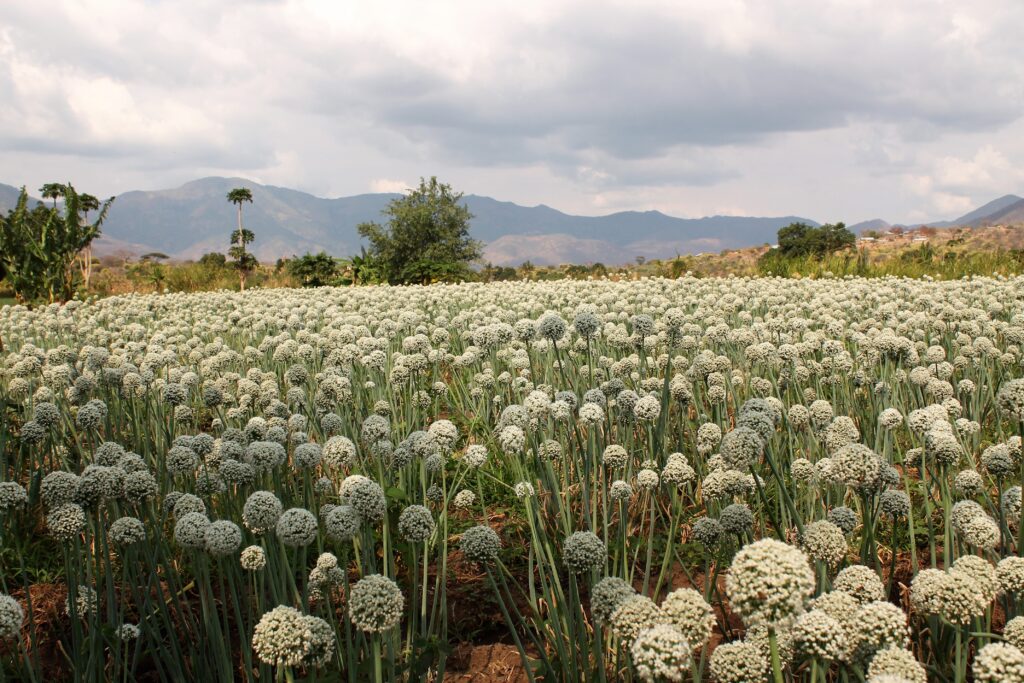Horticulture Revolution in Tanzania: The Rise of Malimbichi and the Role of MVIWATA
Kilimokwanza.org Team
In Tanzania, a significant transformation in the agricultural sector is underway, led by the burgeoning horticulture industry, locally known as ‘Malimbichi’. This transition from subsistence to commercial farming marks a pivotal change for many regions. Stephen Ruvuga, the Executive Director of MVIWATA, captures the essence of this transformation: “It’s great to see horticulture, codenamed Malimbichi, become a lifeline in regions where it was previously practised for subsistence. At the national level, horticulture is the fastest growing sub-sector within the agricultural sector, with an annual average growth of 9-12 percent.”
By 2016, Tanzania’s horticultural production reached a remarkable 6 million tonnes annually, with exports in 2015 amounting to USD 24.4 million, underscoring the sector’s potential. Ruvuga notes, “The Tanzania Horticultural Development Strategy 2012/2021 points out that the sub-sector has the potential to become a leading source of foreign exchange earnings for Tanzania.” The northern highlands lead in commercial horticulture, but the potential spans across coastal, southern highlands, central, and lake zones.
MVIWATA (Mtandao wa Vikundi vya Wakulima Tanzania) has been instrumental in this shift. The organization initiated the Malimbichi pilot project, focusing on areas in the Coastal Zone and extending to Central and Southern Highland Zones. The project involved practical training in the horticulture value chain, awakening a significant realization among farmers. “There was a great awakening as farmers realized Malimbichi is a good business opportunity, with a market in and out of Tanzania,” reflects Ruvuga. Today, Malimbichi is synonymous with prosperity in these regions, often grown alongside traditional cash crops.
Initially, the pilot promoted crops like black pepper, cloves, cinnamon, tomatoes, and onions, leading to the exploration of new opportunities in other Malimbichi products. “Along the way, there were challenges, lessons, and best practices realized,” acknowledges Ruvuga. “At MVIWATA, we see Tanzania becoming a major producer and exporter of vegetables and fruits in the world among other horticulture products.”
Founded in 1993, MVIWATA’s mission extends beyond Malimbichi. It seeks to unite smallholder farmers, including pastoralists and fisherfolk, empowering them to defend their interests with one voice. “We are sharing the success stories of our pilot, even as we seek to have the project replicated in other areas,” Ruvuga emphasizes.
MVIWATA’s work includes building farmer groups, lobbying, advocacy, and capacity building. The organization has formed over 1,500 farmer groups, reaching over 2 million farmers, and has played a critical role in securing fair prices, increasing access to financial services, and influencing policy changes in favor of smallholder farmers.
This story of MVIWATA and the Malimbichi revolution in Tanzania is a case study of the power of collective effort and vision in transforming the agricultural landscape. It’s a narrative of hope, resilience, and significant contribution to the national economy by small-scale farmers. As MVIWATA continues its commitment to empowering smallholder farmers for sustainable food security and poverty reduction, it stands as an exemplary model of agricultural development and empowerment, not just in Tanzania, but globally.



